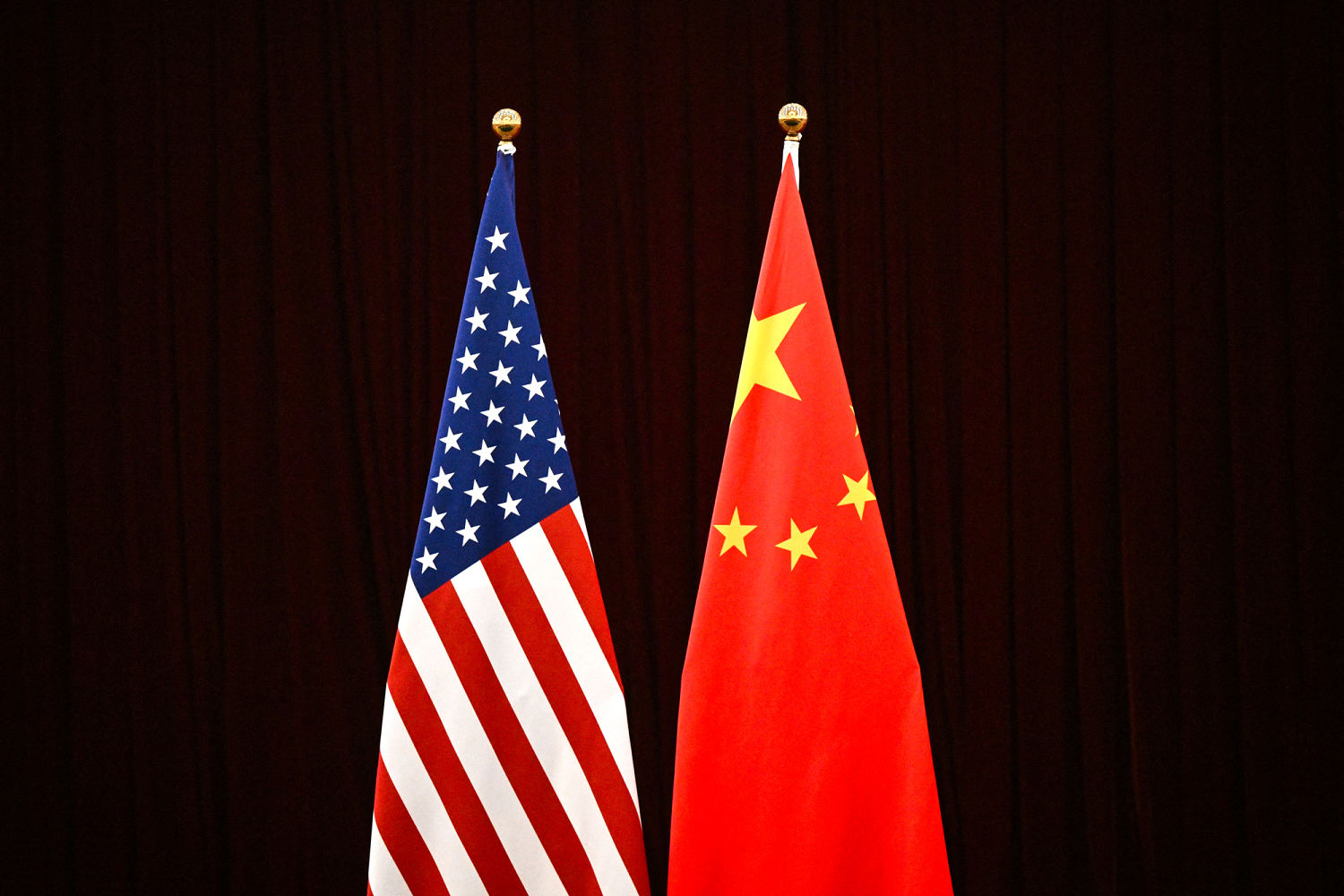The U.S. and China are copying each other, giving rise to memes and mockery


President Donald Trump wants to bring back American manufacturing in ways that would reshape the United States economy to look more like China’s. The campaign, which has led to a rapidly escalating trade war with China, has given ample social media fodder to Chinese and American observers alike.
Announcing a series of sweeping tariffs in a move dubbed “Liberation Day,” Trump said last week that this will lead factories to move production back to American shores, boosting the U.S. economy after “foreign leaders have stolen our jobs, foreign cheaters have ransacked our factories, and foreign scavengers have torn apart our once beautiful American dream.”
In a Truth Social post Wednesday, Trump announced that he is raising tariffs on goods imported from China to 125%, up from the 104% that took effect the same day, due to “the lack of respect that China has shown to the World’s Markets.” Higher targeted tariffs on other countries have been paused for 90 days, although the 10% baseline tariff will remain in place for all countries.
Meme-makers and Chinese government officials have in recent days begun pointing out the irony of Trump’s tariff-driven manufacturing pivot through AI-generated satire and political cartoons that have percolated online, with many American users boosting the jokes.
One video poking fun at the Trump administration’s attempted pivot to American manufacturing has accumulated millions of views on X since a user posted it on TikTok earlier this week. The clip, seemingly generated with artificial intelligence, showed workers sewing garments and assembling mobile devices in a factory, followed by a screen touting: “Make America Great Again.”
Official Chinese accounts have also gotten in on the fun. Last weekend, Liu Pengyu, spokesperson for the Chinese Embassy in Washington, posted a meme appearing to mock Trump for imposing tariffs on several largely barren Antarctic islands inhabited by penguins rather than people.
Some have been subtler with their critiques. On Monday, the Chinese Embassy reposted a clip of a 1987 speech by President Ronald Reagan, whose economic agenda hugely influenced mainstream Republican economics today. In it, Reagan staunchly defends free trade.
“When someone says, ‘Let’s impose tariffs on foreign imports,’ it looks like they’re doing a patriotic thing by protecting American products and jobs. And sometimes, for a short while, it works. But only for a short time,” Reagan says in the clip, before launching into a list of consequences.
Talk of tariffs dominated the trending searches on Weibo, one of the most popular social media platforms in China, on Wednesday. For hours, the top hashtag on the platform translated to: “The United States begs for eggs while fighting a trade war.”
While the online memes depict American factory workers toiling away at menial tasks, the Trump administration says that such jobs would be automated in revived U.S. factories, and that employees would be doing higher-level work.
“Our high-school-educated Americans — the core to our work force — is going to have the greatest resurgence of jobs in the history of America to work on these high-tech factories, which are all coming to America,” Commerce Secretary Howard Lutnick said Sunday on the CBS news program “Face the Nation.”
Trump’s calls to revive domestic manufacturing come as China has pushed to make its economy look more like that of the U.S.
China, which is trying to reduce its economic reliance on exports, has been struggling to encourage domestic consumption, expanding subsidies for microwaves, rice cookers, smartphones and other goods.
At least in the short term, both the U.S. and Chinese goals are “pipe dreams,” said Ian Johnson, formerly a senior fellow for China studies at the Council on Foreign Relations.
“China has been trying for decades to promote consumption or to get people to consume more, but for a variety of reasons Chinese people aren’t willing to do that,” Johnson said in a phone interview Tuesday, citing the lack of social safety net that drives high levels of personal savings.
“The government hasn’t changed structural issues that hold back consumption,” Johnson said. “So until they do that, that’s not going to work.”
On the U.S. side, Johnson said, “it’s difficult because the government is trying to turn back the clock and I don’t think that’s fully possible, no matter how high the tariffs are.”
“You’re never going to bring back, for example, shoe manufacturing, or things like that, or textile manufacturing to the United States, because it’s still going to be too expensive, even if you put 100% tariffs,” he said.


